Multiple functions for Drosophila Mcm10 suggested through analysis of two Mcm10 mutant alleles
- PMID: 20498296
- PMCID: PMC2927746
- DOI: 10.1534/genetics.110.117234
Multiple functions for Drosophila Mcm10 suggested through analysis of two Mcm10 mutant alleles
Abstract
DNA replication and the correct packaging of DNA into different states of chromatin are both essential processes in all eukaryotic cells. High-fidelity replication of DNA is essential for the transmission of genetic material to cells. Likewise the maintenance of the epigenetic chromatin states is essential to the faithful reproduction of the transcriptional state of the cell. It is becoming more apparent that these two processes are linked through interactions between DNA replication proteins and chromatin-associated proteins. In addition, more proteins are being discovered that have dual roles in both DNA replication and the maintenance of epigenetic states. We present an analysis of two Drosophila mutants in the conserved DNA replication protein Mcm10. A hypomorphic mutant demonstrates that Mcm10 has a role in heterochromatic silencing and chromosome condensation, while the analysis of a novel C-terminal truncation allele of Mcm10 suggests that an interaction with Mcm2 is not required for chromosome condensation and heterochromatic silencing but is important for DNA replication.
Figures

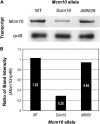
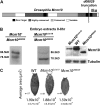

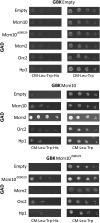
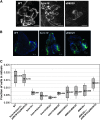

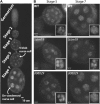
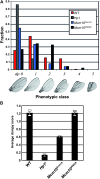
References
-
- Arbeitman, M. N., E. E. Furlong, F. Imam, E. Johnson, B. H. Null et al., 2002. Gene expression during the life cycle of Drosophila melanogaster. Science 297(5590): 2270–2275. - PubMed
-
- Asano, M., 2009. Endoreplication: The advantage to initiating DNA replication without the ORC? Fly (Austin) 3(2): 173–175. - PubMed
Publication types
MeSH terms
Substances
Grants and funding
LinkOut - more resources
Full Text Sources
Molecular Biology Databases
Miscellaneous

